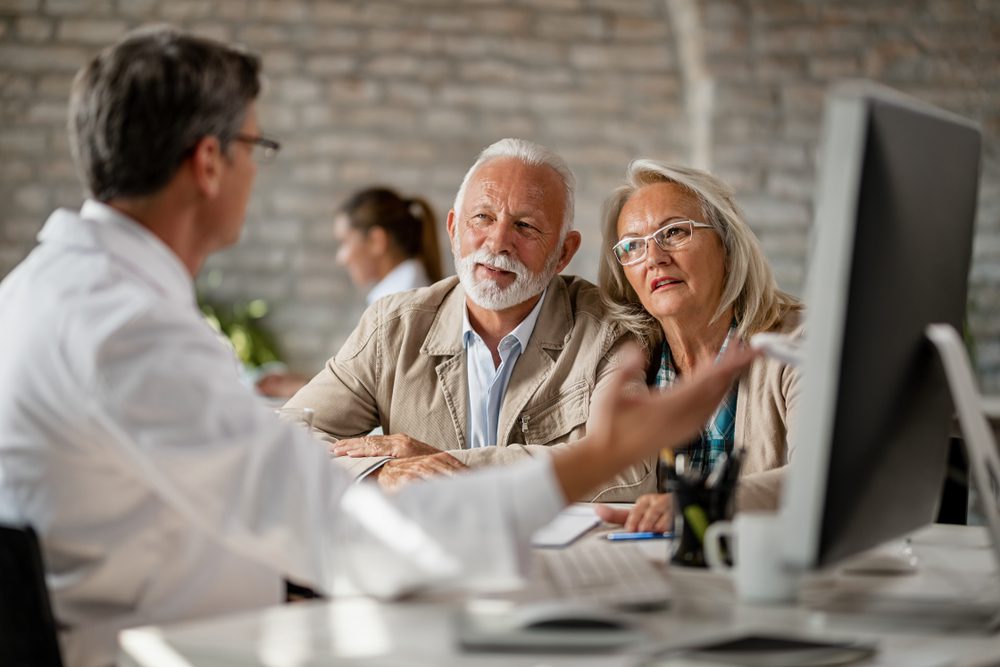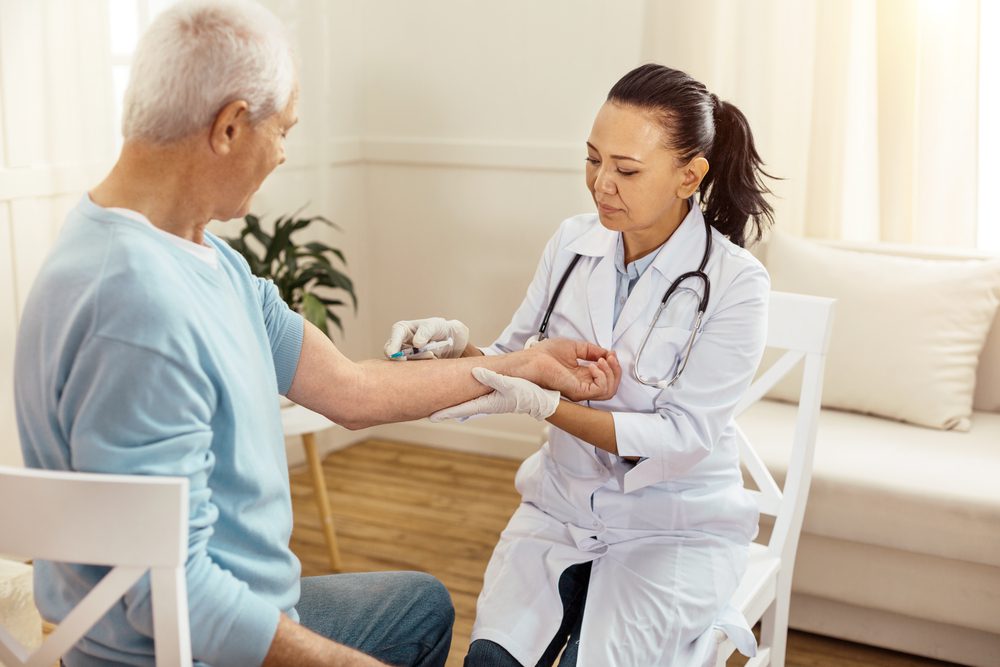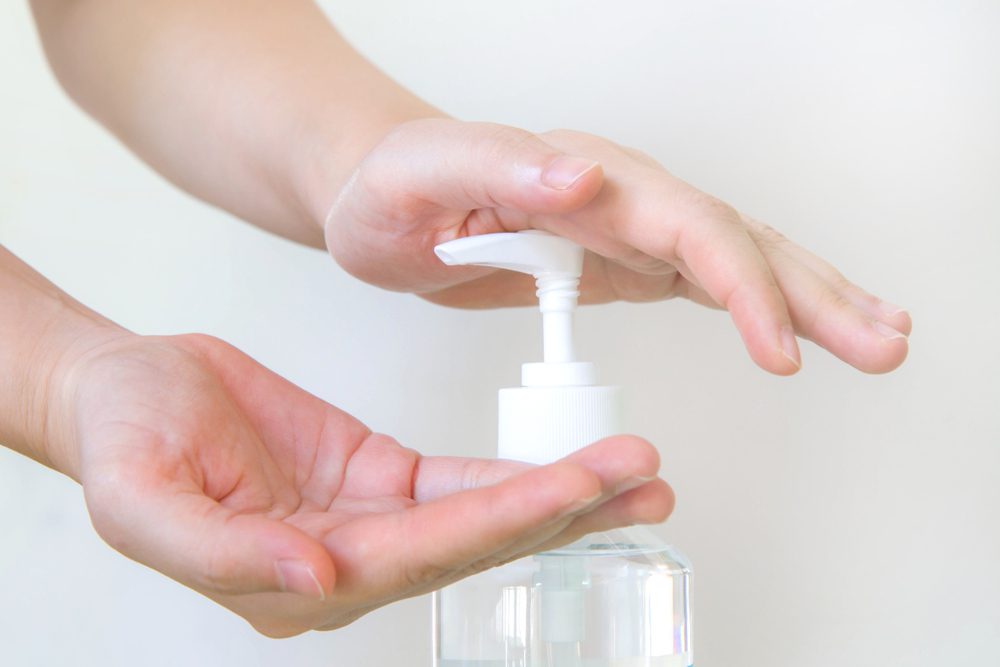
As the coronavirus epidemic spreads across the globe as well as in several U.S. states, experts emphasize that many people will not have serious symptoms even if they do contract the novel virus.
“While information so far suggests that most COVID-19 illness is mild, a report out of China suggests serious illness occurs in 16 percent of cases,” said Dr. Nancy Messonnier, director of the National Center for Immunization and Respiratory Diseases (NCIRD).
According to a study published in the Journal of the American Medical Association, children aged 10 and under accounted for just 1 percent of all COVID-19 cases, while people aged 30 to 79 make up around 90 percent.
However, not all demographics are hit as hard and there is one group of people who are more vulnerable and at a higher risk of being affected by COVID-19 – seniors.

Older or with Underlying Conditions at Higher Risk
“Based on all the data we have been receiving so far, it appears that elderly people, especially those with multiple comorbid conditions, are affected more severely,” said Dr. Nagendra Gupta, an internist at Texas Health Arlington Memorial Hospital.
“In a recent study published in JAMA, which is the largest study on COVID-19 published so far, the case fatality rate was close to 15 percent in patients over the age of 80 as against the average overall case fatality rate of 2.3 percent,” he added.
This was also supported by Dr. Teena Chopra, medical director of infection prevention and hospital epidemiology at Wayne State University who recently said that “Older people are more likely to be infected, especially older people with underlying lung disease”. “For this population, mortality rates for COVID-19 are about 15%.”

Why Are Seniors at a Higher Risk of Contracting the Disease?
It doesn’t come as a surprise, given that older adults are already under more physical stress, which takes a toll on their immune system and leaves it without “the ability to fight viruses and bacteria,” according to Dr. Steven Gambert, professor of medicine and director of geriatrics at the University of Maryland School of Medicine.
In addition, compared to other demographics, seniors are also more exposed to pathogens due to living in communal environments. The United States has around 48 million seniors, 3 percent of whom live in assisted living facilities this leaves the over 1.4 million at-risk people living in communities where COVID-19 can spread quickly.
“People living in long care facilities have common meetings, they share common rooms,” says Chopra. Common gatherings and common rooms can also mean common pathogens.
Those living at home can still face communal risks, given that many of them visit community senior centers. Such places are great when it comes to socializing and staying active and engaged but can also serve as pathogenic environments.
Another thing that might be putting elderly people at risk is the health system itself. People suffering from more than one medical condition usually need to go to various specialists. Every visit each and every one of them makes means entering an environment that can be swarming with viruses and bacteria.
Chopra recommends older patients to postpone doctor visits that aren’t absolutely necessary, like “their annual eye visit” or dental cleaning. What they should pay extra attention to, is getting their vaccines, especially for flu and pneumonia.
“If you haven’t had a pneumonia vaccine now is the time to get one,” advises Gambert. “Even if you have had one in the past, ask your primary care provider if you need a newer one.”
Something else you should know is that the way a younger person responds to COVID-19 is not necessarily the way someone who’s older reacts to the virus. “Old people may not get a fever so just checking their temperature may not reveal the infection,” says Gambert.
For this reason, all seniors, as well as their families, should keep an eye out for any “atypical presentation” of coronavirus. “Any reason you don’t feel the same as you usually do should not be dismissed,” Gambert says.

How Can Older Adults Lower the Risk of Infection?
According to the Centers for Disease Control and Prevention (CDC), the best and most efficient way for people at risk to avoid infection is social distancing. This means seniors should limit their time spent outside their homes if they want to avoid exposure to the novel coronavirus.
The CDC also recommends the following safety measures:
- Avoid close contact with sick people (within 6 feet)
- Avoid touching your eyes, nose, and mouth if you haven’t thoroughly washed your hands
- Stay home when you’re feeling sick
- Cover coughs or sneezes with a tissue, and then throw the tissue in the trash; or use the inside of your elbow
- Clean and disinfect items and surfaces that you regularly touch by using regular household cleaning sprays or wipes. “This includes tables, doorknobs, light switches, countertops, handles, desks, phones, keyboards, toilets, faucets, and sinks.”
- Do not wear face masks unless you’re sick or caring for someone who is.
According to the CDC, healthy people shouldn’t wear face masks because these are not efficient in protecting them against the novel coronavirus, and by doing so, they could use up supplies caregivers really need.
“We need to make sure those N95 masks are available for the doctors and nurses that are going to be taking care of individuals that have this illness,” CDC Director Dr. Robert Redfield said during a House Foreign Affairs hearing on February 27.
“And it really does displease me, to find people going out — there is no role for these masks in the community.” More than that, people who are not used or don’t know how to wear face masks tend to touch their faces more often, consequently increasing the spread of the virus.























